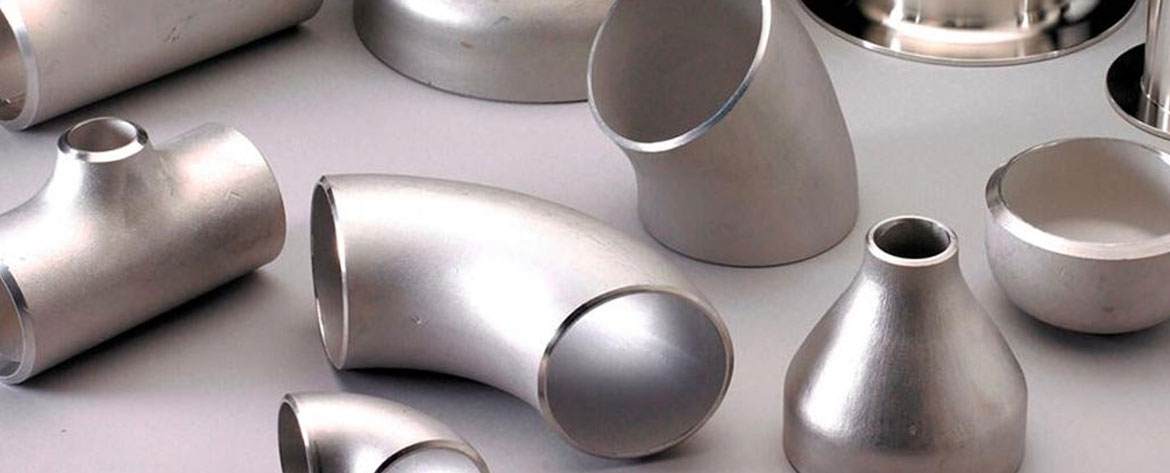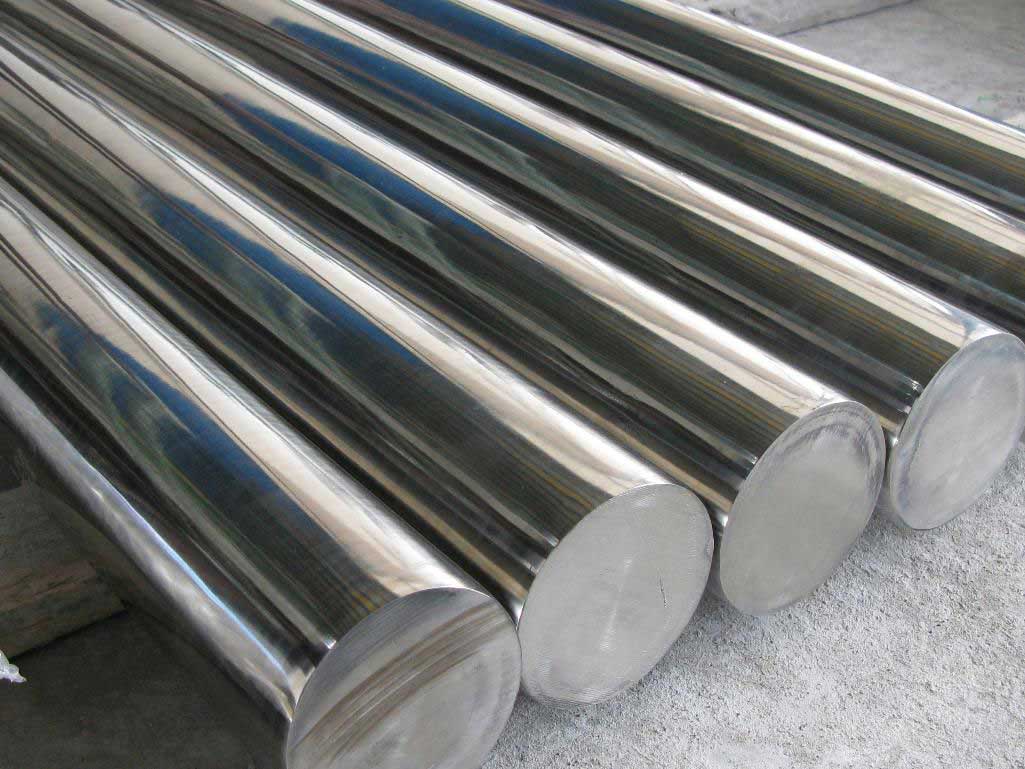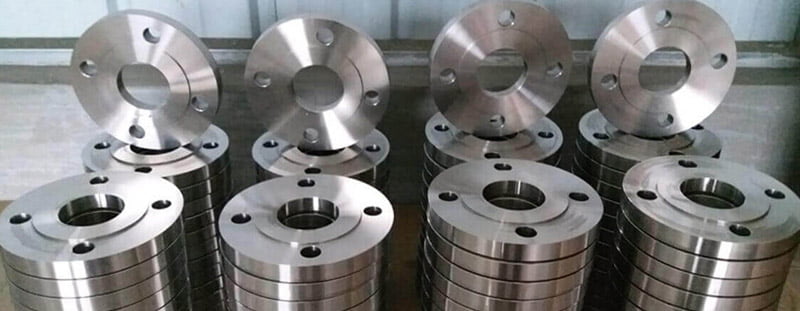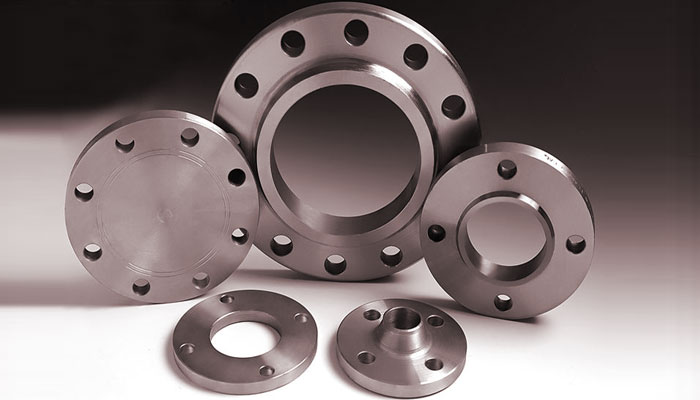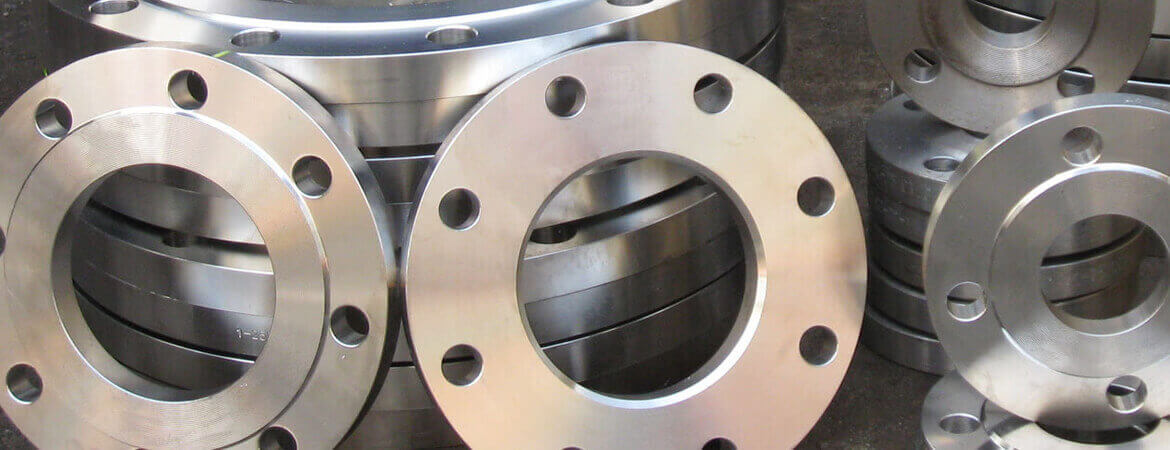Most Common Uses Of Hastelloy Flanges
The corrosion-resistant alloy Hastelloy C276 is ideal for a variety of high-corrosive applications, including a variety of oxidation and reduction environments. Hastelloy flanges are also resistant to sulfuric and hydrochloric acids. It outperforms most other nickel alloy grades such as Inconel and Monel for chemical processing applications, being one of the most prevalent and corrosion-resistant alloys.
Hastelloy flanges are frequently found in chemical manufacturing applications, such as applications that are subjected to acid chlorides, solvents, formic and acetic acids, acetic anhydride, moist chlorine gas, hypochlorites, chlorine solutions, and phosphoric acid due to their ability to resist many harsh media.
Types and uses of Hastelloy flanges:
For sour gas applications, slip-on flanges made of Hastelloy C-276 Flanges are necessary, since the waste that these companies handle is frequently highly toxic and requires the appropriate Flanges. All the standard welding methods can be used to weld Hastelloy C276 Blind Raised Flanges, the procedures, solutions involving oxygen acetylation and submerged arc welding are not recommended for corrosive conditions.
It is commonly required to roll the Hastelloy C276 Spectacle Blind Flanges cold with intermediate anneals since it hardens more rapidly than most austenitic stainless steels. Socket Weld Flanges of Hastelloy C276 should be hot forge from 1600 degrees Fahrenheit to 2250 degrees Fahrenheit (870 to 1230 degrees Celsius).
It is however possible to heat and cold form Hastelloy C276 Weld Neck Flanges with care as it tends to work harden.
Process equipment like reaction vessels, evaporators, heat exchangers, and transfer pipes are made of Hastelloy C276 Threaded Flanges. Lap joint flanges of Hastelloy C276 are commonly used in marine construction, pollution prevention, and sewage disposal. As soon as the Hastelloy C276 Ring Type Joint Flanges are heat-treated at 2050°F, they are rapidly cooled.
It is preferable to machine Hastelloy UNS N10276 Flanges in their annealed state whenever possible. They are the ideal material for any sector that commonly handles corrosive chemicals.

